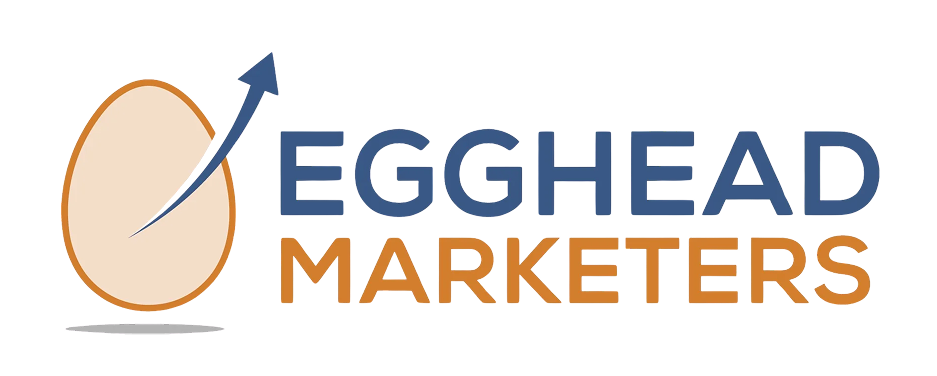Edmonton SEO Essentials encompass the vital components for businesses in Edmonton and globally to thrive in the digital age. Search Engine Optimization (SEO) holds a pivotal position in enhancing a website’s visibility on search engines like Google, thereby driving higher traffic and fostering business expansion.
When delving into the realm of SEO, it’s imperative to delineate two core facets: on-page optimization and off-page optimization. In this blog post, we will delve into the Edmonton SEO essentials and delve into the fundamental distinctions between on-page and off-page SEO.
On-Page Optimization
Edmonton SEO Agency implements On-page SEO techniques directly on your website to improve its search engine ranking. These optimizations focus on the content, structure, and HTML elements of your web pages. Here are some key on-page optimization factors to consider:
1. Quality Content
Quality content, the foundation of effective on-page SEO, must be well-written, engaging, and relevant to the audience. In SEO, it means crafting web pages that answer questions and cater to your audience’s needs.
Additionally, it’s about maintaining engagement and encouraging further exploration. Prioritizing quality content improves rankings, trust, and authority.
This, in turn, attracts organic traffic and potential customers. To meet quality content criteria, conduct thorough keyword research.
Understand your audience’s topics and phrases, then create content that naturally incorporates keywords and addresses their interests.
Consistent high-quality content establishes your site as a valuable resource, boosting rankings and attracting a loyal following.
2. Keyword Research
Keyword research is vital for on-page SEO. It aids your website in reaching its audience effectively. This involves identifying and analyzing terms actively searched by potential Edmonton customers. By comprehending these keywords, you gain insights into your target demographic’s language and queries.
Consequently, you can incorporate these keywords naturally into your website’s content, headings, subheadings, and meta tags. This optimization not only aids search engines but also aligns seamlessly with customer interests. As a result, it enhances your website’s visibility in search engine results pages, making it more likely to attract organic traffic. Especially in the vibrant city of Edmonton, where individuals actively seek the products or services you offer.
3. Meta Tags
Meta tags, including titles and descriptions, hold a vital role in on-page SEO. Optimizing them with relevant keywords provides search engines with a concise summary and significantly affects click-through rates. Moreover, expertly crafted meta tags can compel users to click on your link in search results. Thus making them a potent tool for boosting organic traffic.
4. URL Structure
Creating clean and user-friendly URLs is essential for both users and search engines. Short, descriptive URLs that reflect the content of your web pages are more easily comprehensible and memorable. These URLs contribute to a positive user experience and help search engines understand the relevance of your pages to specific search queries. Avoiding long, convoluted URLs is essential, as they can be confusing and may hinder your website’s search engine performance.
5. Header Tags
Header tags, such as H1, H2, and H3, serve as an organizational structure for your content. They not only make your content more readable for users but also help search engines understand the hierarchy and importance of different sections on your page. Properly structured header tags can enhance the overall user experience and improve your content’s visibility in search results.
6. Image Optimization
Optimize images by compressing them for faster loading times and using descriptive alt tags. This can improve user experience and accessibility, which search engines value.
7. Mobile Friendliness
Ensure your website is responsive and mobile-friendly. Google considers mobile-friendliness as a ranking factor, and a mobile-friendly site provides a better user experience.
Off-Page Optimization
Off-page SEO, on the other hand, involves strategies and activities that take place outside of your website but can influence its search engine ranking. Here are some key components of off-page optimization:
1. Backlinks
Backlinks are links from other websites to yours. Quality backlinks from reputable sources can boost your website’s authority and credibility in the eyes of search engines.
2. Social Media
Engage in social media marketing to promote your content and build brand awareness. Social signals, such as likes, shares, and comments, can indirectly impact your SEO efforts.
3. Online Reviews
Encourage satisfied customers to leave positive reviews on platforms like Google My Business. Reviews can improve your local SEO and attract more customers in Edmonton.
4. Guest Blogging
Contribute guest posts to authoritative websites in your industry. This can help you build backlinks and establish yourself as an industry expert.
5. Local SEO
For businesses targeting a local audience in Edmonton, optimizing for local search is crucial. Claim your Google My Business listing and ensure your NAP (Name, Address, Phone number) information is accurate.
Conclusion
In the world of SEO, both on-page and off-page optimization are essential components of a successful strategy. Edmonton businesses looking to improve their online presence and attract more customers should pay attention to these Edmonton SEO essentials.
By combining on-page and off-page tactics effectively, you can increase your website’s visibility in search engine results and drive organic traffic to your business. Remember that SEO is an ongoing process, and staying updated with the latest trends and algorithms is key to maintaining your online success in Edmonton and beyond.






